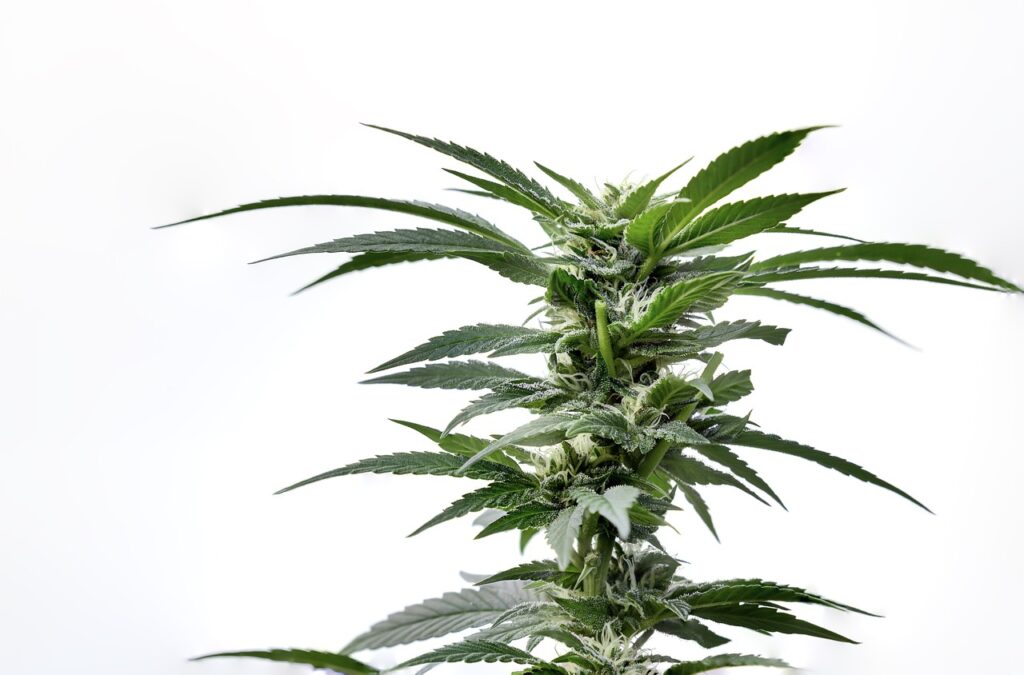Sustainable Hemp Cultivation
Discover the world of sustainable hemp cultivation tips, guidance, and resources to help you grow thriving, eco-friendly hemp crops for a greener future.

Soil Health & Nutrition
Learn the essentials of maintaining nutrient-rich, well-balanced soil to support the growth and yield of your hemp crops. Find out the best practices for soil preparation, amendments, and fertility management.
Pest Management
Understand how to effectively manage and prevent pests in your hemp fields without harming the environment. Discover organic, eco-friendly strategies for pest control, including biological and cultural methods.
Harvesting
Master the art of harvesting and processing your hemp crops to maximize quality and yield. Get insights into the optimal timing, equipment, and techniques for a successful harvest and post-harvest processing.
Explore our blog for a wealth of knowledge
Hemp, a versatile and eco-friendly crop, offers a wide range of uses. From sustainable textiles and biodegradable plastics to nutritious food products and wellness-promoting CBD oil, hemp is transforming industries with its remarkable properties and environmental benefits.
-
Root development of two strawberry cultivars when grown in different compost amendments
To evaluate root health, soil cores are taken 4.5″ deep, two inches from the crown, between the crown and the drip tape. Root cores are soaked and sieved, then scanned and analyzed using WinRhizo software to measure total root length. Both cultivars Albion and Chandler are grown in a replicated field trial in a commercial organic… Continue Reading →
-
Margaret G. Lloyd
My research explores non-chemical management strategies under the overarching effort to develop alternatives to methyl bromide. Since the 1950′s, methyl bromide has very successfully minimized common soil pests including nematodes, weeds and soil borne diseases like Verticillium wilt, Fusarium wilt and black root rot. International efforts to reduce pollutants causing ozone depletion, methyl bromide was… Continue Reading →
-
Compost can affect soil salinity
Two types of finished compost, manure compost and spent mushroom compost, both significantly increased soil salinity. However, with sufficient irrigation, the spike in electrical conductivity was reduced to within optimal levels by January (1.5 months after compost incorporation) and possibly earlier. In a field with deficit irrigation, high EC levels were still measured in soil… Continue Reading →
-
Composting for Disease Control in Strawberries at UC Davis, National Strawberry Sustainability Institute Press Release
Last spring, the National Strawberry Sustainability Initiative administered by the University of Arkansas System Division of Agriculture Center for Agricultural and Rural Sustainability released a call for proposals as part of a $3 million donation by the Walmart Foundation. We were awarded $101,821 for research on “Sustainable Strawberry Production in the Absence of Soil Fumigation.”… Continue Reading →